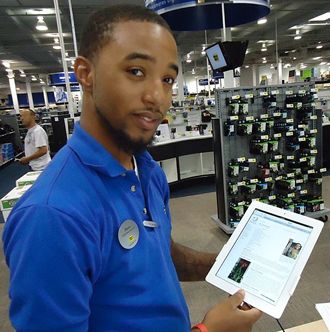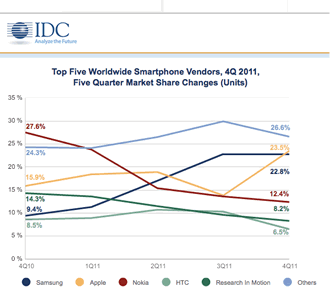 ASM Technologies has announced a new service designed to help the channel gain lucrative public sector contracts my sticking to strict government guidelines, which require that 25 to 50 percent of all IT contracts flow through SMEs.
ASM Technologies has announced a new service designed to help the channel gain lucrative public sector contracts my sticking to strict government guidelines, which require that 25 to 50 percent of all IT contracts flow through SMEs.
The new SME Access Service aims to allow big IT resellers to add hundreds of SMEs to their books, allowing them to navigate through the public sector. It provides system integrators and value added resellers with direct access to ASM’s agile distribution network of SMEs, which should allow them to meet government requirements.
The government currently mandates that public sector organisations must award at least a quarter of all contracts to SMEs by 2015. SMEs are defined as enterprises with a turnover of less than €50 million or fewer than 250 employees. As the euro sign indicates, this is the EU-wide definition.
The requirement means that the channel has to establish new supplier relationships and tap more SMEs in order to bid for government contracts. While it is a clever way of supporting SMEs, it also tends to drive costs up and reduce revenue, as multiple SMEs sometimes must be brought in to bid for a contract.
ASM’s goal is to cut costs and save time by establishing distribution agreements with multiple suppliers, which would make it possible for SIs and VARs to bid for government contracts they otherwise wouldn’t be eligible for. In addition, it allows them to get access to products and services are more competitive prices.
“A number of large resellers have considered adding SMEs to their supply chains in order to meet government requirements, however with contracts to draw up, terms agreed, credit lines to be established and distribution infrastructures to put in place, they are finding this to be a slow, painful and expensive process – especially when they’re trying to sign up a few hundred SMEs in one go,” said Iain Tomkinson, Sales Director at ASM Technologies. “By taking advantage of our existing supplier relationships and agile channel infrastructure, the SME Access Service provides greater efficiencies for the IT channel through immediate access to over 1200 SMEs through just one supplier relationship, so they can continue to bid successfully for government contracts.”
ASM argues that its new programme is a win-win for all involved, as it helps SMEs get more business and build relationships within the channel, while at the same allowing big SIs and VARs to bid for contracts that would be out of their reach without some SMEs on board.



















